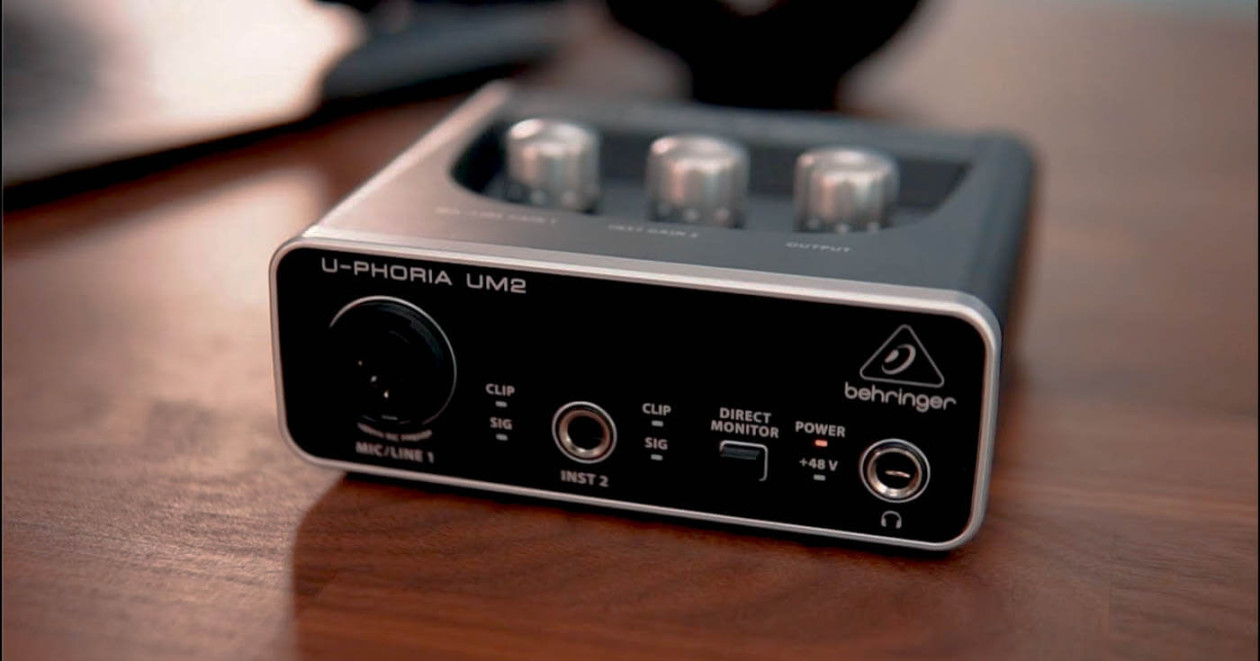What Is An Audio Interface?
What do you mean by an audio interface?
An audio interface is a piece of hardware that allows you to connect microphones, instruments, and other audio devices to your computer. It acts as a bridge between the analog world of sound and the digital world of your computer, allowing you to record and playback high-quality audio.
How does an audio interface work?

Audio interfaces typically connect to your computer via a USB or Thunderbolt port. They have inputs for microphones, instruments, and other audio sources, as well as outputs for speakers or headphones. When you record audio, the interface converts the analog signals from your microphone or instrument into digital data that your computer can understand. When you play back audio, the interface converts the digital data back into analog signals that can be heard through your speakers or headphones.
What is known about audio interfaces?
Audio interfaces come in a variety of shapes and sizes, with different features and capabilities. Some interfaces have multiple input and output channels, allowing you to record and playback multiple audio sources simultaneously. Others have built-in preamps or digital signal processing capabilities to enhance the sound quality of your recordings. Some interfaces are designed for home studios, while others are more suited for professional recording studios.
What is the solution for using an audio interface?
If you want to improve the sound quality of your recordings, an audio interface is a must-have piece of equipment. By connecting your microphones and instruments to an interface, you can capture audio with greater clarity and detail than you could using your computer’s built-in sound card. This is especially important if you are recording music, podcasts, voiceovers, or any other type of audio content where sound quality is crucial.
Information about audio interfaces
Audio interfaces come with a range of features to suit different needs and budgets. Some interfaces have basic functionalities, such as a single microphone input and headphone output, making them ideal for beginners or those on a tight budget. Other interfaces have more advanced features, such as multiple inputs and outputs, MIDI connectivity, and integrated digital signal processing, making them suitable for professional audio engineers and musicians.
Conclusion
In conclusion, an audio interface is an essential tool for anyone looking to record high-quality audio on their computer. Whether you are a musician, podcaster, voiceover artist, or sound engineer, an interface can help you capture clean, professional-sounding recordings that will impress your audience. With a wide range of interfaces available on the market, there is sure to be one that meets your needs and budget.
FAQs
1. Can I use an audio interface with my smartphone or tablet?
Some audio interfaces are compatible with smartphones and tablets, but you may need additional adapters or cables to connect them.
2. Do I need an audio interface if I only use a USB microphone?
If you only use a USB microphone, you may not need an audio interface. However, using an interface can still improve the sound quality of your recordings.
3. Can I use an audio interface with recording software like Audacity or GarageBand?
Yes, most audio interfaces are compatible with popular recording software like Audacity and GarageBand. Just make sure to install any necessary drivers or software updates.
4. How do I choose the right audio interface for my needs?
When choosing an audio interface, consider the number of inputs and outputs you need, the type of connectivity (USB, Thunderbolt, etc.), and any additional features you require, such as preamps or digital signal processing.
5. Are all audio interfaces compatible with both Mac and Windows computers?
Most audio interfaces are compatible with both Mac and Windows computers, but it’s always a good idea to check the manufacturer’s website for specific compatibility information.